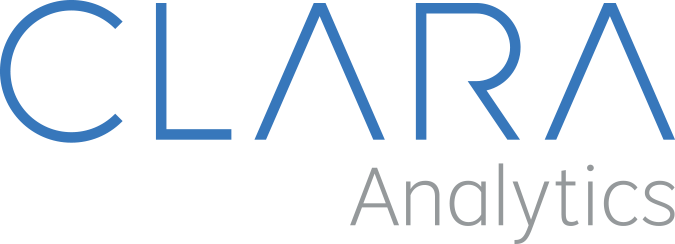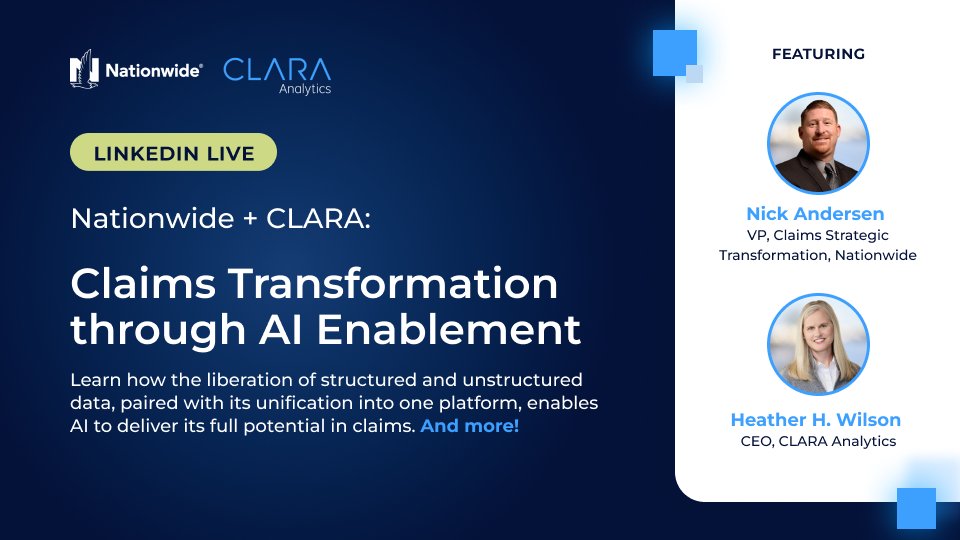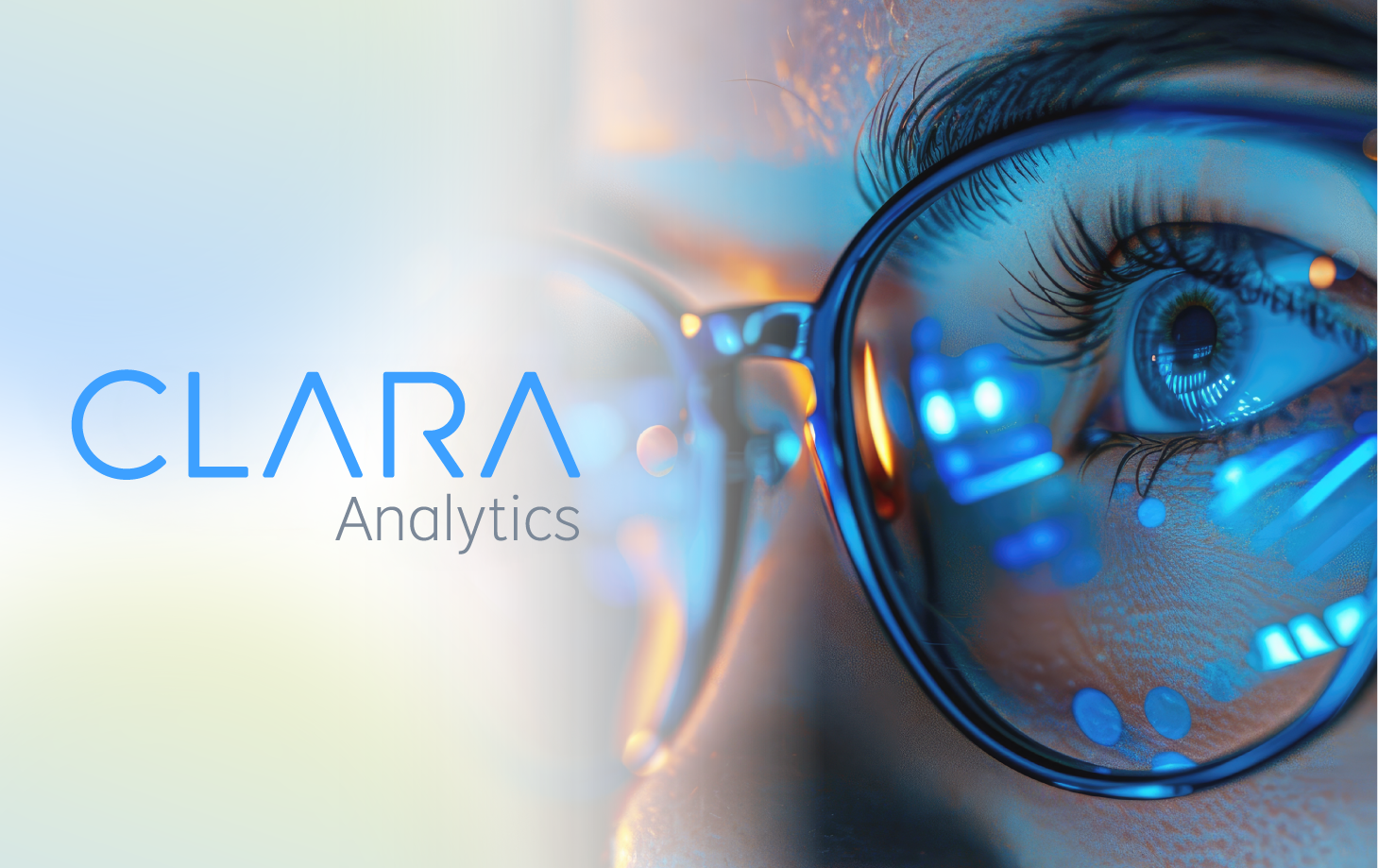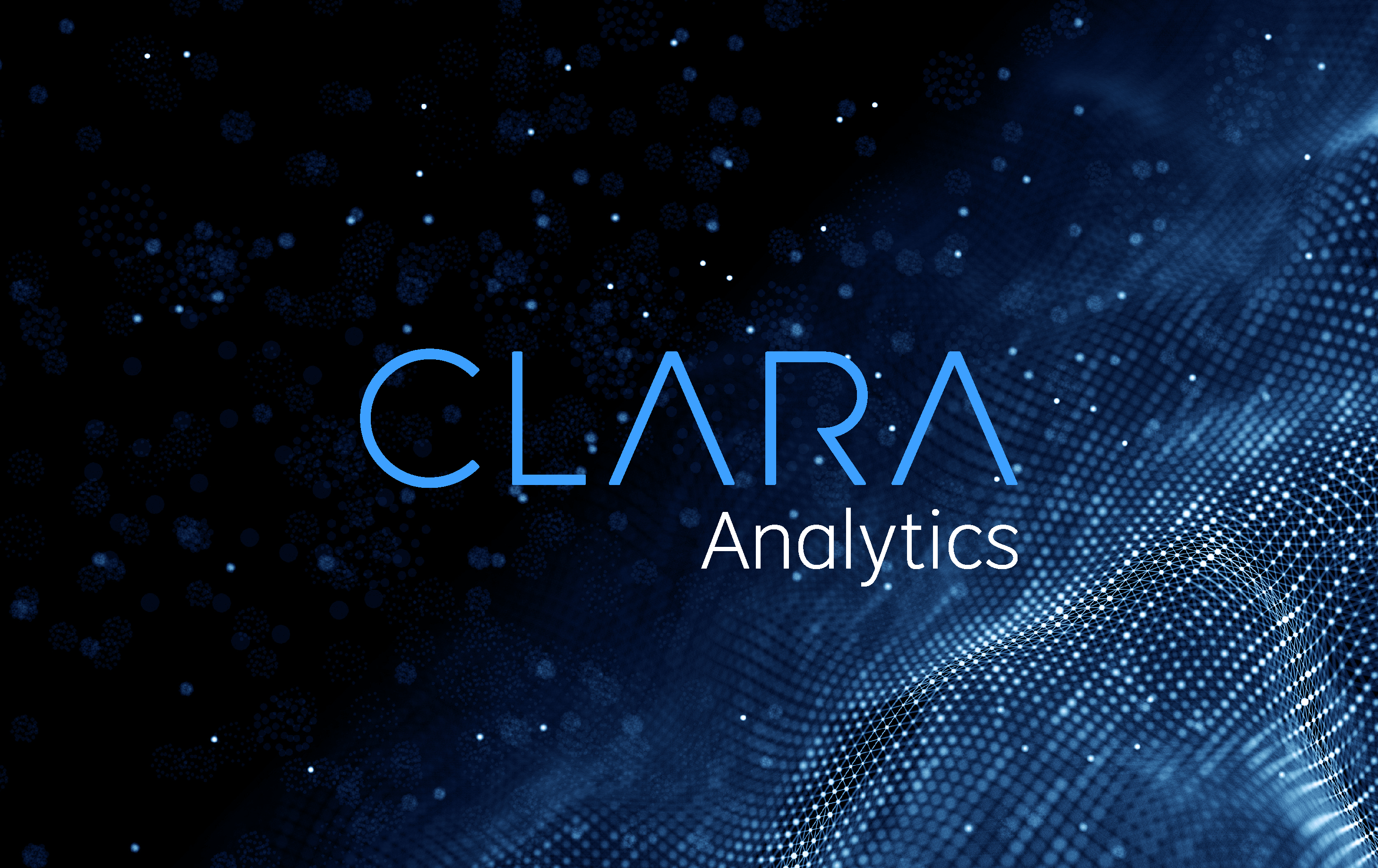The Power of AI in Mitigating the Impact of Litigation on Insurance Claims
Auto liability, general liability, and workers compensation claims are common sources of litigation for insurance companies. The litigation process is complex and expensive—a major drain on resources for everyone involved.
How expensive? Workers compensation claims with attorney involvement are an average 390% higher than unrepresented claims ($77,807 vs. $15,936). The median cost was 740% higher. (Source: CLARA Analytics)
Claims adjusters play a critical role in helping to minimize the impact of litigation on behalf of insurance companies. Their knowledge, honed over years of evaluating claims and training under other experts, helps them spot which claims are more likely to end up in lengthy, costly litigation. However, their ability to intervene could be limited by their personal expertise, their workload, and the data available about the claim.
Fortunately, Augmented Intelligence can enable a “predict & prevent” strategy to help claims adjusters navigate the process and streamline litigation management, minimizing the impact of costly, time-consuming cases.
What is Augmented Intelligence?
While AI generally stands for ‘artificial intelligence,’ referring to the technology that replicates human intelligence, Augmented Intelligence is the technology that helps humans to do their jobs more efficiently by handling simpler tasks that are easily automated—creating insights from complex data interactions that a human may miss.
Challenges claims professionals face in commercial casualty litigation
In casualty insurance claims, litigation typically involves a series of legal proceedings that occur after a claim has been filed. This process can be lengthy and complex, involving multiple stages such as discovery, depositions, and trial.
Temporary total disability days were 285% higher and claim duration 295% longer than when comparing attorney-involved claims to unrepresented claims.
One of the biggest challenges claims professionals face is the complexity of the process itself. Casualty claims often involve multiple parties, unpredictable legal issues, and large volumes of data, which can make it difficult for claims professionals to effectively manage and process all the information.
Whether you handle your claims in-house or use a third-party administrator (TPA), collaboration among claims professionals is a challenge. In prior years senior adjusters worked alongside junior adjusters in the office which helped train and develop the claims workforce. With remote work becoming the norm, these valuable side conversations have been lost.
Another challenge is the need to balance competing priorities. Claims professionals must balance the needs of their clients, the interests of other parties involved, and the requirements of the legal system. This can require a high level of skill and experience to navigate legal and procedural issues while also managing client expectations and delivering results. Many claims organizations are focused on the concept of “empathic claims”; this starts with having empathy for the adjuster who is handling hundreds of claims at a time.
How AI can help
AI can help claims professionals manage the legal research and analysis involved in the process so they can focus on better outcomes.
Here’s how it works: AI-powered tools predict litigation risk based on years of prior claims. These insights are strongest when working from a contributory database of claims sourced from numerous companies across the industry—not just internal data. Pulling from this database, the AI can then identify tightly defined claim cohorts in specific jurisdictions that yield insights about the future direction of a claim.
What is a contributory database?
A contributory database is a collection of data provided by participants to a central repository that is then shared among everyone. CLARA customers provide historical claims data to our leading Contributory Database Model that enables insights that are difficult for sole carriers to replicate.
Training AI models on millions of closed claims enables unmatched prediction accuracy and a depth in benchmarking that gives the users insights into new markets. This contributory database model gives CLARA users an operational edge that improves when additional carriers, MGA/MGUs, reinsurers, or self-insured entities partner with CLARA.
Monitor which claims need attention
The “predict & prevent” strategy allows adjusters to focus on the claims that need to be proactively managed and enable straight-through processing for others. AI can look at past claims data to predict the likelihood of attorney involvement and litigation likelihood for bodily injury claims and deliver timely alerts. It can also instantly analyze information regarding the nature of the claim, claimant rapport, and settlement expectations to compute these likelihoods.
Equipped with detailed risk explanations, adjusters can decide on the proper course of action to prevent attorney involvement—and what to do if the claim escalates. If it does, AI can flag when the first activity related to plaintiff litigation occurs.
Optimize legal strategy
AI can also score attorneys and prompt users that it might be time to settle or switch counsel. While we don’t know an attorney’s grades from law school, historical claims data highlights both defense and plaintiff attorney performance across several key measures including expense, permanent disability, and likelihood of settlement. Adjusters can pick the right person for that claim, and attorney panel managers can benchmark current panels to optimize their roster based on performance.
The result? More favorable legal outcomes and lower claim costs across the board.
The benefits of AI in streamlining litigation management
AI can help streamline the litigation management process, reducing the time and resources required by claims professionals. By automating routine tasks such as document review and legal research, claims professionals can focus on more complex tasks such as strategy development and communication with the parties involved.
AI can also help identify potential legal issues early in the process, synthesizing data the claims adjuster may have missed and allowing claims professionals to develop a proactive strategy to minimize the impact of litigation.
Minimize the impact of litigation with CLARA Analytics
CLARA Litigation uses AI to predict litigation risk based on years of prior claims, identifying tightly defined claim cohorts that yield insights about the future direction of a claim. CLARA’s industry-leading AI technology detects the drivers of common cost escalations and delivers actionable recommendations that reduce attorney involvement and litigation rates.
Download the Litigation Product Sheet>>>
CLARA Claims Document Intelligence Pro (Claims DocIntel Pro), formerly CLARA Optics, can read legal demands in seconds and provide a summary of the key points saving hours in legal document review and thousands of dollars in attorney fees for one single claim.




